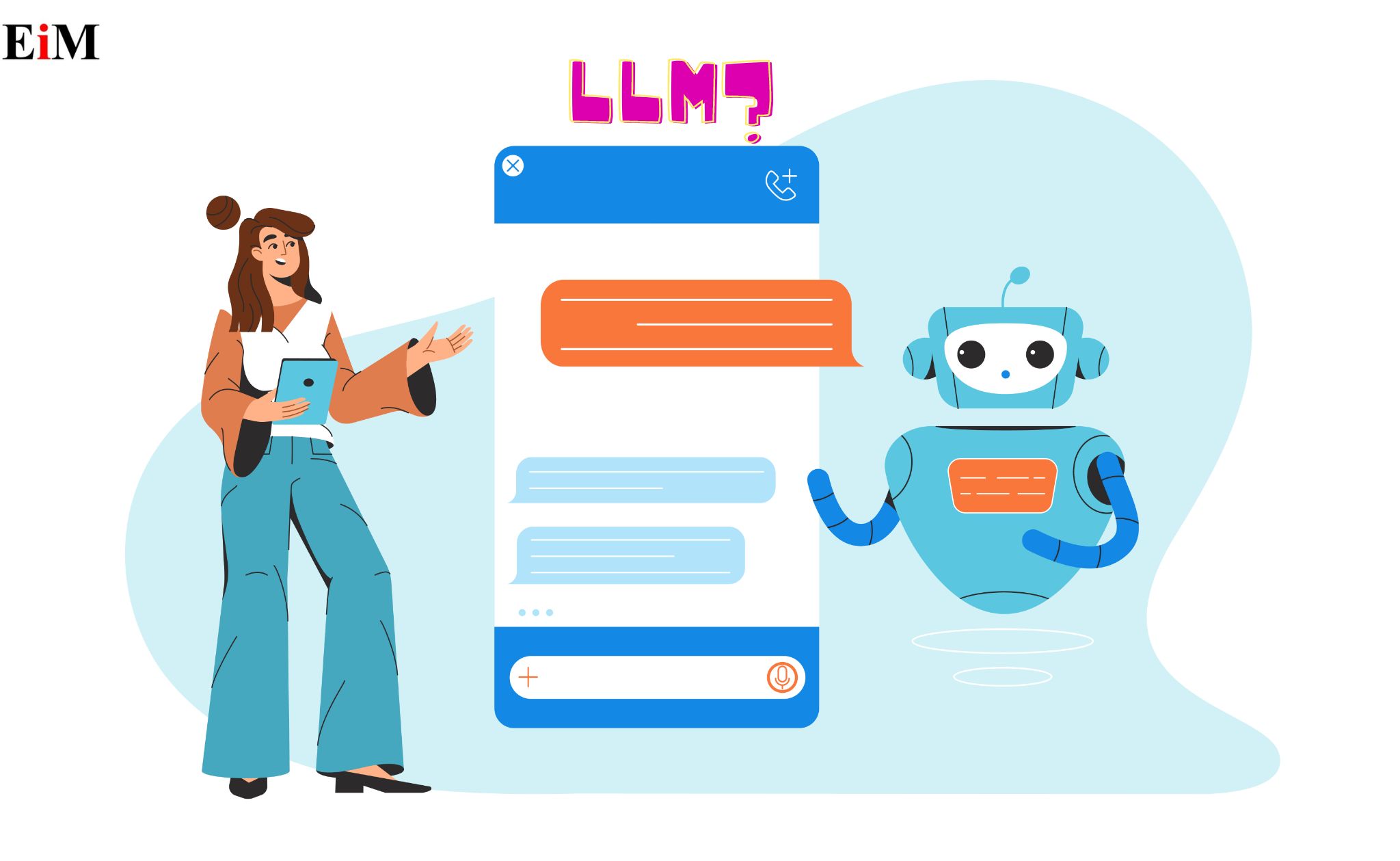
Large Language Models, or LLM for short, is a phrase that has become extremely popular in the rapidly changing fields of artificial intelligence and machine learning. These advanced models have been at the forefront of a revolution in natural language processing (NLP), allowing machines to produce and understand prose that is human-like with previously unheard-of accuracy and fluency. Let us understand the concept of LLM deeply below.
What are LLMs?
LLMs are a subclass of deep learning models created especially to tackle issues of the generation and understanding of natural language. Since they are based on enormous volumes of data and parameters, they are unique in that they can comprehend the subtleties and complicated patterns found in human language.
A neural network architecture, usually based on transformers, is at the heart of LLMs. A class of deep learning models known as transformers was first presented by Vaswani et al. in their 2017 landmark publication, "Attention is All You Need." In order to allow the model to process inputs in parallel and accurately capture long-range dependencies, they make use of self-attention processes to weigh the significance of various words in a phrase.
The Characteristics of LLMs
The capacity of LLMs to be trained on enormous volumes of textual data, including posts from social media platforms, books, and papers, is one of their primary features. The model can acquire a deep comprehension of semantics, syntax, and context thanks to this lengthy pre-training step that teaches it the nuances of language. The GPT (Generative Pre-trained Transformer) series from OpenAI, the BERT (Bidirectional Encoder Representations from Transformers) from Google, and the RoBERTa (Robustly Optimized BERT Approach) from Facebook are notable instances of LLMs.
LLMs can improve on downstream tasks, like text categorization, sentiment analysis, language translation, and question answering after they receive preliminary training. The model is fine-tuned by subjecting it to labeled data associated with the target task and modifying its parameters to maximize performance. Surprisingly, LLMs have proven state-of-the-art on a variety of NLP benchmarks, even outperforming humans in certain situations.
Application Of LLMs
Wide-ranging and diverse, LLMs have applicability in many different sectors and fields. Through the analysis of research articles and patient information, they can support medical professionals in making well-informed judgments by helping with medical diagnosis. LLMs are used in finance for sentiment analysis of social media data and market news to forecast changes in stock prices. Additionally, they can support individualized learning experiences in the classroom by using intelligent tutoring systems that adjust to the demands of specific students.
Suggested Read: Security in Software Development: Ethical Hacking and Penetration Testing
Issues and Concerns
Still, there are disagreements and difficulties with LLMs, despite their impressive qualities. They could reinforce biases in the training data, producing biased or discriminatory outputs, which is one of the main causes of concern. In order to overcome these biases, fairness-aware algorithms and meticulous training data curation are needed. Issues of environmental sustainability and accessibility are also raised by the enormous amount of energy and computational resources needed to train and implement LLMs at scale.
The Future of LLMs
LLMs have a bright future ahead of them, with continued research aimed at improving their robustness, interpretability, and efficiency. To alleviate some of the drawbacks of the existing LLM architectures, strategies including adversarial training, knowledge distillation, and sparse attention techniques are being investigated. Additionally, attempts are being made to increase the accessibility of LLMs for researchers and developers across the globe by way of model-sharing platforms and open-source projects.
Conclusion
LLMs constitute a paradigm shift in natural language processing, enabling machines to produce and comprehend writing that is human-like with previously unheard-of accuracy and fluency. The potential societal advantages of these developments are immense and revolutionary, notwithstanding the difficulties and moral dilemmas they raise. LLMs have a great opportunity to shape the future of communication and interaction between humans and machines as we continue to push the boundaries of AI and NLP.
At ExcelliMatrix, we have all your IT solutions and software development needs settled. Our software development experts are here to turn your vision into reality. Whether you need a sleek web application, a powerful mobile app, or custom software tailored to your unique needs, we've got you covered. Give us a chance, and we will help you take your business to the next level. Feel free to give us a call and consult with our experts at 406-646-2102. You can also contact us at sales@excellimatrix.com.
Subscribe to our weekly newsletter for more technology and security information. Stay connected with us on LinkedIn and Facebook, and follow us on Twitter for more information like this.